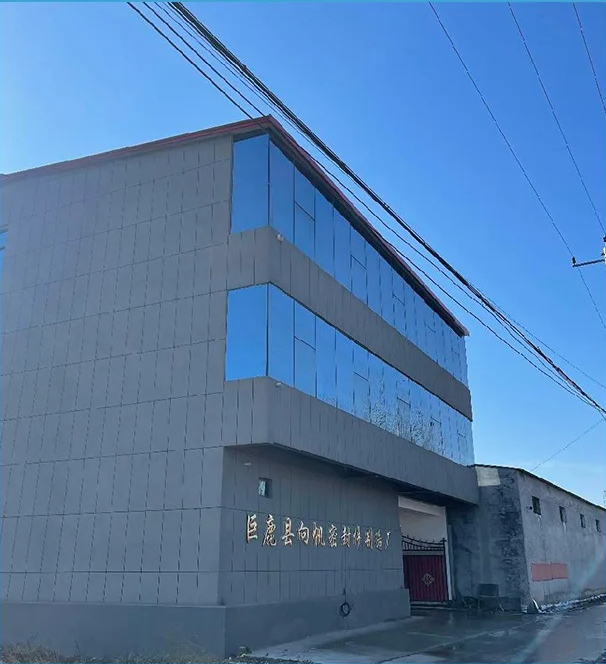Understanding Fiberglass Insulating Tape Features, Applications, and Benefits
In the world of electrical and thermal insulation, fiberglass insulating tape has emerged as a key player owing to its unique properties and versatility. This specially engineered tape is made from woven fiberglass cloth that is coated with a heat-resistant adhesive. As many industries rely on efficient thermal and electrical insulation, fiberglass insulating tape has become an essential tool for professionals in various fields.
Composition and Characteristics
Fiberglass insulating tape typically consists of two main components the fiberglass substrate and the adhesive. The fiberglass material offers excellent thermal resistance and electrical insulation, making it ideal for applications exposed to high temperatures. The adhesive is designed to maintain its integrity under heat, ensuring that the tape adheres securely to surfaces without melting or degrading over time.
One of the standout features of fiberglass insulating tape is its temperature tolerance. It can withstand extreme heat, often up to 600 degrees Fahrenheit (316 degrees Celsius), without losing its structural integrity. This makes it suitable for use in high-temperature environments where other insulating materials might fail.
Applications Across Industries
The versatility of fiberglass insulating tape allows it to be used in a wide range of industries. One of the primary applications is in the electrical sector, where it serves as an insulator for wires and cables. By wrapping electrical components with fiberglass tape, professionals can prevent short circuits and ensure the safe operation of devices in high-temperature scenarios.
In the automotive industry, fiberglass insulating tape is often used to insulate wires and harnesses. Vehicles operate in environments with high heat generated by the engine, making reliable insulation crucial for maintaining performance and safety. Additionally, fiberglass tape is commonly used in the manufacturing of transformers and motors, where it provides necessary insulation against fluctuating temperatures.
In the aerospace sector, the need for weight reduction is paramount, and fiberglass insulating tape offers an efficient solution. Its lightweight composition contributes to overall weight savings in aircraft, while maintaining high levels of thermal and electrical insulation. Furthermore, it adheres well to various surfaces, including metals and composites, expanding its application potential within this industry.
fiberglass insulating tape

Benefits of Fiberglass Insulating Tape
The benefits of using fiberglass insulating tape extend beyond its high heat tolerance. First and foremost, it is highly durable and resistant to wear and tear. This resilience makes it a cost-effective option, as projects require less frequent maintenance and replacement.
Moreover, fiberglass tape is non-corrosive and does not support combustion, making it a safer choice in environments where flammability is a concern. This is particularly important in settings such as manufacturing plants and laboratories, where safety standards are stringent, and any risk of fire can have serious consequences.
Additionally, fiberglass insulating tape is easy to apply and can be torn by hand for quick installation. This feature saves time during projects, especially in situations demanding immediate solutions. It can also be used in conjunction with other insulation materials for enhanced protection against heat and electricity.
Environmental Impact and Sustainability
As industries increasingly prioritize sustainability, it’s important to note the environmental impact of materials used in manufacturing and construction. Fiberglass insulating tape is made from inorganic materials, meaning it is less likely to contribute to environmental degradation. However, like all materials, it is essential to consider proper disposal methods at the end of its life cycle.
Manufacturers are continually seeking ways to improve the environmental footprint of their products. Some companies are exploring the use of recycled materials in fiberglass production, aiming to create more sustainable insulating solutions.
Conclusion
In summary, fiberglass insulating tape serves as a crucial tool in the realms of electrical and thermal insulation. With its superior heat resistance, durability, and versatility, it finds applications across multiple industries, from automotive to aerospace. Its ease of use and safety features further cement its status as a preferred choice for professionals seeking reliable insulation solutions. As industries evolve and seek sustainable practices, fiberglass insulating tape stands poised to play a central role in the pursuit of efficiency and safety in various applications.
-
XIANGFAN Rubber Tape-Ultimate Solutions for All Your Insulation NeedsNewsJun.24,2025
-
XIANGFAN Rubber Tape-Protection for Industrial and Residential ApplicationsNewsJun.24,2025
-
XIANGFAN Rubber Tape: Superior Safety and Sealing for Demanding EnvironmentsNewsJun.24,2025
-
XIANGFAN Rubber Tape: Reliable Solutions for Every Electrical ChallengeNewsJun.24,2025
-
XIANGFAN Electrical & Industrial Tape: Powering Reliability Across IndustriesNewsJun.24,2025
-
XIANGFAN Electrical & Industrial Tape: Excellence in Every ApplicationNewsJun.24,2025
